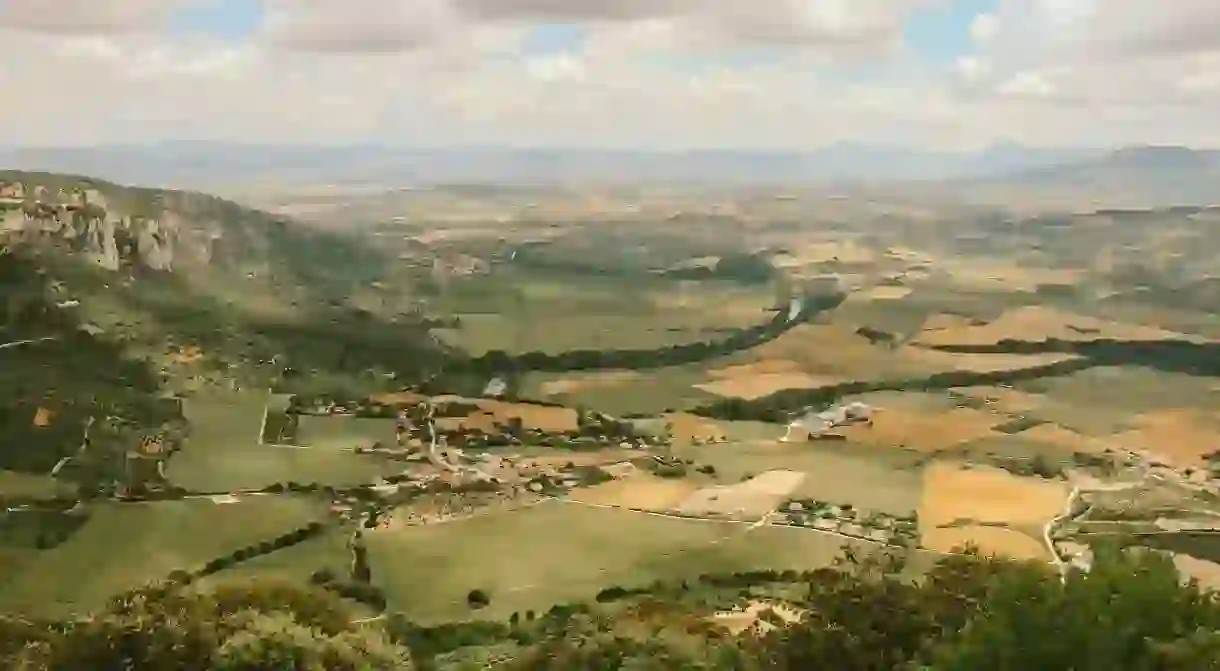Things to See and Do in Guernica, Spain

Guernica is a small town located in the Basque Country, around a half-hour drive from the city of Bilbao. It’s well known because it was the scene of one of the worst bombings in Spanish history, which occurred on April 26, 1937. The event was immortalised in one of Pablo Picasso‘s most famous paintings – Guernica – which became world famous. While most of the sights here have to do with the events of that fateful day, there are also Basque cultural museums, churches, nature reserves and markets to discover.
Gaztelugatxe, Bermeo and Gernika Guided Tour
Natural Feature
This tour offers a guided hike to the top of Gaztelugatxe, a stunning islet connected by a winding staircase. Participants enjoy breathtaking coastal views and learn about the site’s history and legends.
Take a look at the sacred Guernica Tree
Natural Feature
One of the most important sites in Guernica is actually a tree. The Guernica Tree represents Basque identity and freedom, and became a symbol of the independence movement here. During medieval times, Basque communities and its leaders used to meet here to discuss and create laws. The Lord of Biscay established a set of laws called the fueros, which granted the Basques autonomous rule. The fueros were given to the Basques all the way up until the 19th century, although, today the Basque Country still has some autonomous rule. A tree has stood on this spot since the 14th century; however, the current one was only planted in 2015.
Learn about the Basques at the Euskal Herria Museum
Museum

Basque Coast Tour
Natural Feature
Discover the scenic Basque coastline with a knowledgeable guide. The tour includes visits to charming fishing villages, rugged cliffs, and serene beaches, showcasing the region’s natural beauty and cultural heritage.
Admire the Biscayan Assembly building
Natural Feature
The Biscayan Assembly building sits right next to the Guernica Tree and is where the Basque government meets. The neoclassical building was designed by the architect Antonio de Etxebarria and was built between 1826 and 1833.
Explore the Peace Museum
Museum

Vizcaya Bridge, San Juan De Gaztelugatxe, Bermeo & Gernika
Natural Feature
This comprehensive tour explores key Basque landmarks, including the Vizcaya Bridge, the biosphere reserve of Urdaibai, the iconic San Juan de Gaztelugatxe, the fishing village of Bermeo, and the historic town of Gernika.
See Picasso's Guernica
Natural Feature
Shop at the Monday Market
Market

Stroll through the Park of the Peoples of Europe
Park

Discover the Santa Maria Church
Church

Bilbao And The Bay Of Biscay from San Sebastian
Natural Feature
Experience Bilbao and the picturesque Bay of Biscay on this day trip from San Sebastian. Highlights include the Guggenheim Museum, local markets, and coastal vistas, guided by a local expert.
Learn how to play the fastest sport in the world
Natural Feature
Discover the nearby Urdaibai Biosphere Reserve
Natural Feature
Take a day trip to the nearby Urdaibai – a UNESCO Biosphere Reserve, located in the Mundaka estuary. It’s a great place for bird spotting and is home to species such as fish eagles, spoonbills and Eurasian bittern.













